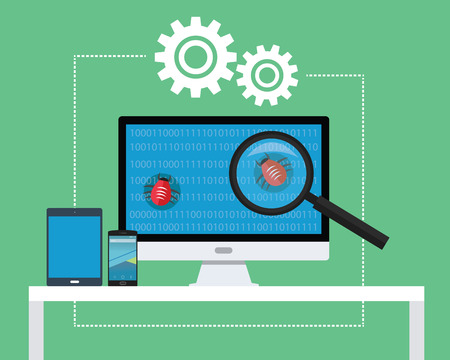If you create a specific software and it works perfectly the first time, then you’re probably dreaming. All software applications are bound to have a few kinks both now and down the road. That’s why software must be constantly tested and re-tested for errors. There are several types of software testing—automated, accessibility, usability, localization, and more. However, they can all be sorted into two types of broad categories: functional testing and non-functional testing.
What is functional testing?
Functional testing is as it sounds—it tests the functions of the software application. In other words, it focuses on what the product does. By testing the behavior of the software, functional testing makes sure that each function works in conformance with the software’s requirements and specifications. Functional testing is typically performed before non-functional testing, and it’s based on a customer’s own requirements.
A few examples of functional testing include:
- Unit testing
- Smoke testing
- Integration testing
- Regression testing
What is non-functional testing?
Non-functional testing is everything in the software that wasn’t tested during the functional testing. It focuses on the performance, reliability, efficiency, speed, and other non-functional aspects of the software. To put it simply, while a functional requirement will say what feature must be executed, a non-functional requirement will say how it must be executed. It’s based on the expectations of the customer and it works to improve the performance of the software application.
A few examples of non-functional include:
- Scalability testing
- Stress testing
- Compliance testing
- Usability testing
At Beta Breakers Quality Assurance Labs, our team of engineers offer non-functional and functional testing in order to properly vet and test your software application. Give us a call at 415-878-2990 today to learn more.


 With Experience in Quality Assurance & Testing Desktop Software, Mobile Apps, Websites & Web Applications for Nearly 30 Years, Beta Breakers has become the Premier Software Quality Assurance Labs and Application-Testing Provider -
With Experience in Quality Assurance & Testing Desktop Software, Mobile Apps, Websites & Web Applications for Nearly 30 Years, Beta Breakers has become the Premier Software Quality Assurance Labs and Application-Testing Provider - 


Leave a Reply